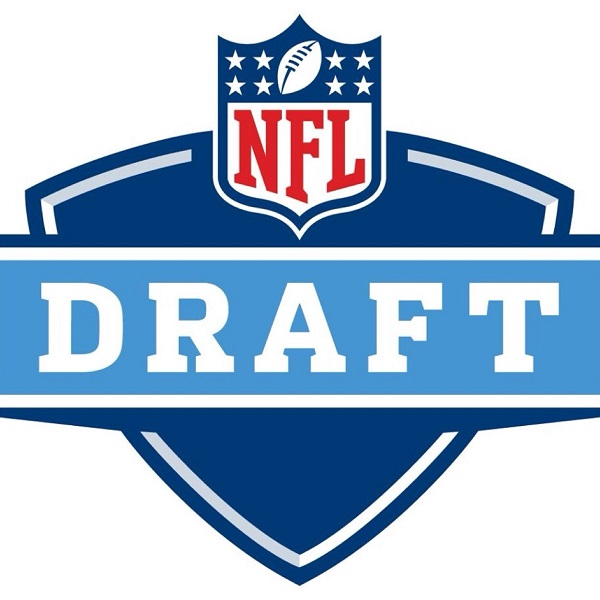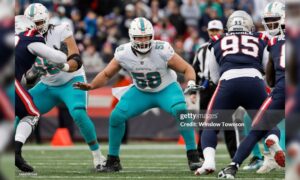Each and every year, players come and go as the free agency period goes underway. For teams like the Pittsburgh Steelers, who take care of their own free agents, instead of overspending on mediocre ones, they rarely foray into the free agency pool. It’s due in large part to their success at finding players via the draft. They’re one of the teams that’s more likely than others to lose players, due in part to this theory. Some instances lately include wide receiver Mike Wallace, cornerback Keenan Lewis, defensive lineman Ziggy Hood and wide receiver Emmanuel Sanders.
What is a compensatory pick? It’s basically that, compensation for a player lost in free agency. Initially started in 1994, the idea was put into motion to help teams make up for the loss of free agents the previous year. Tom Donahoe, the former Steelers director of player personnel who had a major hand in the team’s drafts from the 1991 through 1999 seasons, knows firsthand just how treasured these picks are.
Over the last 21 years, the Steelers’ bitter rival, the Baltimore Ravens, lead the league with 41 compensatory picks gained, and this is a testament to the work that their general manager ,Ozzie Newsome, does. Seemingly year in and year out, aside from a few hiccups like Kyle Boller or Sergio Kindle, Newsome is restocking the cupboards there with talent, albeit in any round. The Steelers come in seventh, with 29 compensatory picks.
It’s no secret that on-field success goes hand-in-hand with the draft, which is why Pittsburgh has made a commonplace of drafting in the latter part of rounds, considering they haven’t had a losing season since 2003.
“You find teams that win consistently draft consistently,” CBS Sports‘ draft guru, Rob Rang, said, according to Fittipaldo. “The teams that hoard the compensatory picks, you can see the success they have. They find gems in the middle rounds. It’s not just getting the compensatory picks; it’s hitting on them.”
The team’s that had the fewest? Washington, Cleveland, the NY Jets and I’m sure Oakland is lumped somewhere in there too. Imagine that.
In the 2000 NFL Draft, the New England Patriots found their winning Powerball ticket with the 199th overall selection, which they used to select future Hall of Famer and four-time Super Bowl winning quarterback, Tom Brady. This is proof that these picks should not be taken lightly, and there’s evidence to that, as Pittsburgh unearthed a few starters via compensatory picks, including cornerback William Gay and left tackle Kelvin Beachum, who looks to soon get a nice extension. In last year’s draft, the team took an “x-factor” in the third round in Dri Archer, and 6-foot-7, 352-pound leviathan, Daniel McCullers, with their compensatory picks in the third and sixth rounds, respectively. Both could play prominent roles in 2015, as offensive coordinator Todd Haley will look to get Archer in space with the ball in his hands more, and McCullers may be the team’s nose tackle of the future, with Steve McLendon entering the final year of his deal.
Saving the best for last, we look at the best compensatory pick in franchise history, the non-stop smiling, bone-crushing wide receiver, Hines Ward. In the third round of the ’98 draft, the team unearthed Ward, whose 1,000 receptions for 12,083 yards and 85 touchdowns all rank first in team annals. Ward played in 217 career games to amass those totals, but if Antonio Brown continues at his torrid place torching NFL defenses, he will obliterate those numbers.
Still, the Super Bowl XL MVP will always have a warm place in the hearts of all Steelers fans, and he may someday be enshrined in Canton.
In essence, a compensatory pick is like a scratch-off lottery ticket. If you buy a $20 scratch-off, that’s your first-rounder and thus the odds of winning something substantial are greater. But don’t count out those $1 scratch-offs, the late-round picks.
“First-round picks might be a little overrated and late-round picks might be a little underrated,” Rang said. “The smart teams are the ones who are giving themselves more opportunities. The savvy teams know what to do with those picks. It’s a nice way for the rich to stay rich.”
The rich, as stated earlier, is the Steelers, who are always in the conversation as one of the best-run organizations in the NFL, along with the Patriots and Green Bay Packers.
“Anyone who loves the draft knows the value of extra picks,” Donahoe told Fittipaldo. “I don’t think the player ever matches up to what you lose, but there is always the chance you can get a Hines Ward.
The Steelers received an extra sixth-round compensatory pick in this year’s draft, so we can only hope this year’s selection can be half of what Ward was to Pittsburgh.







